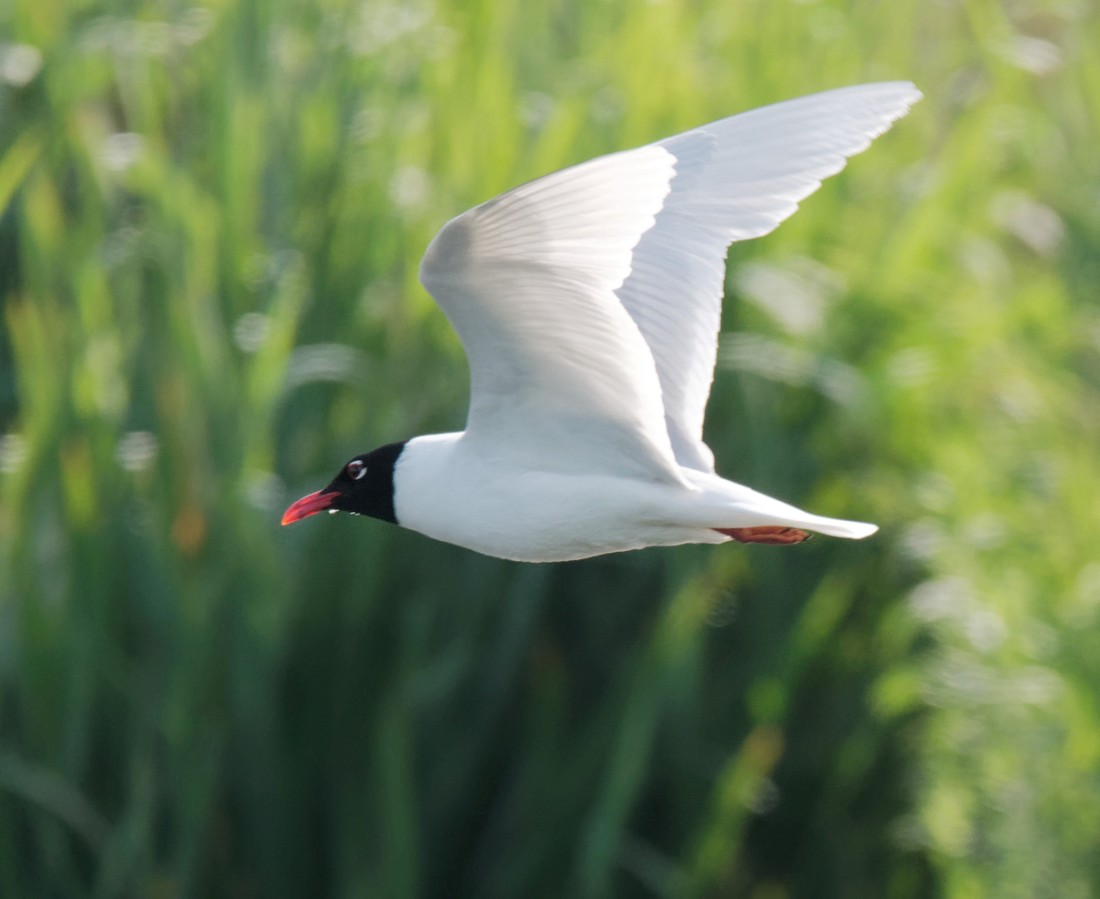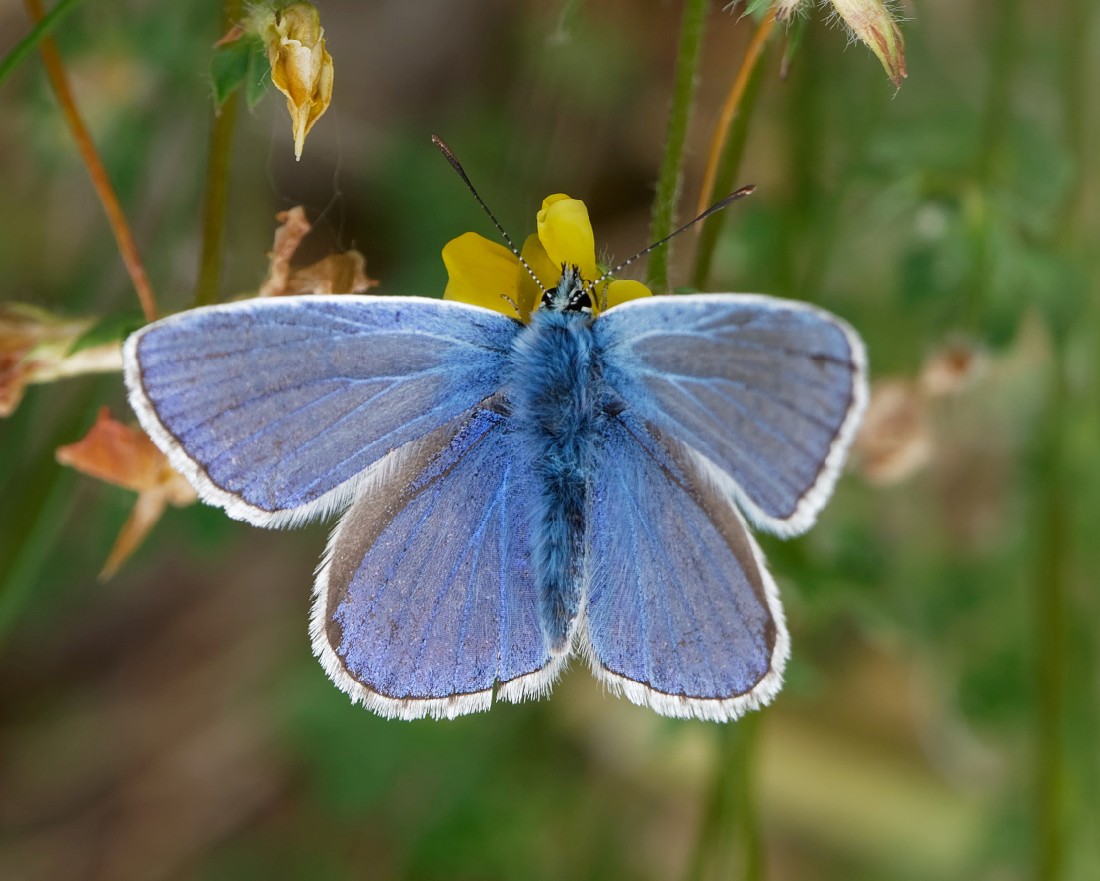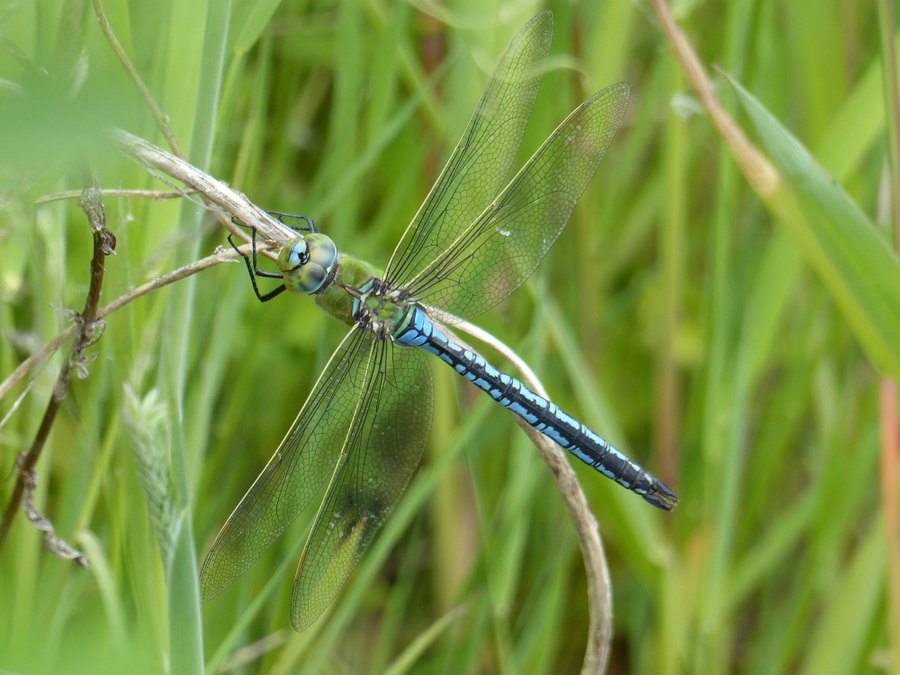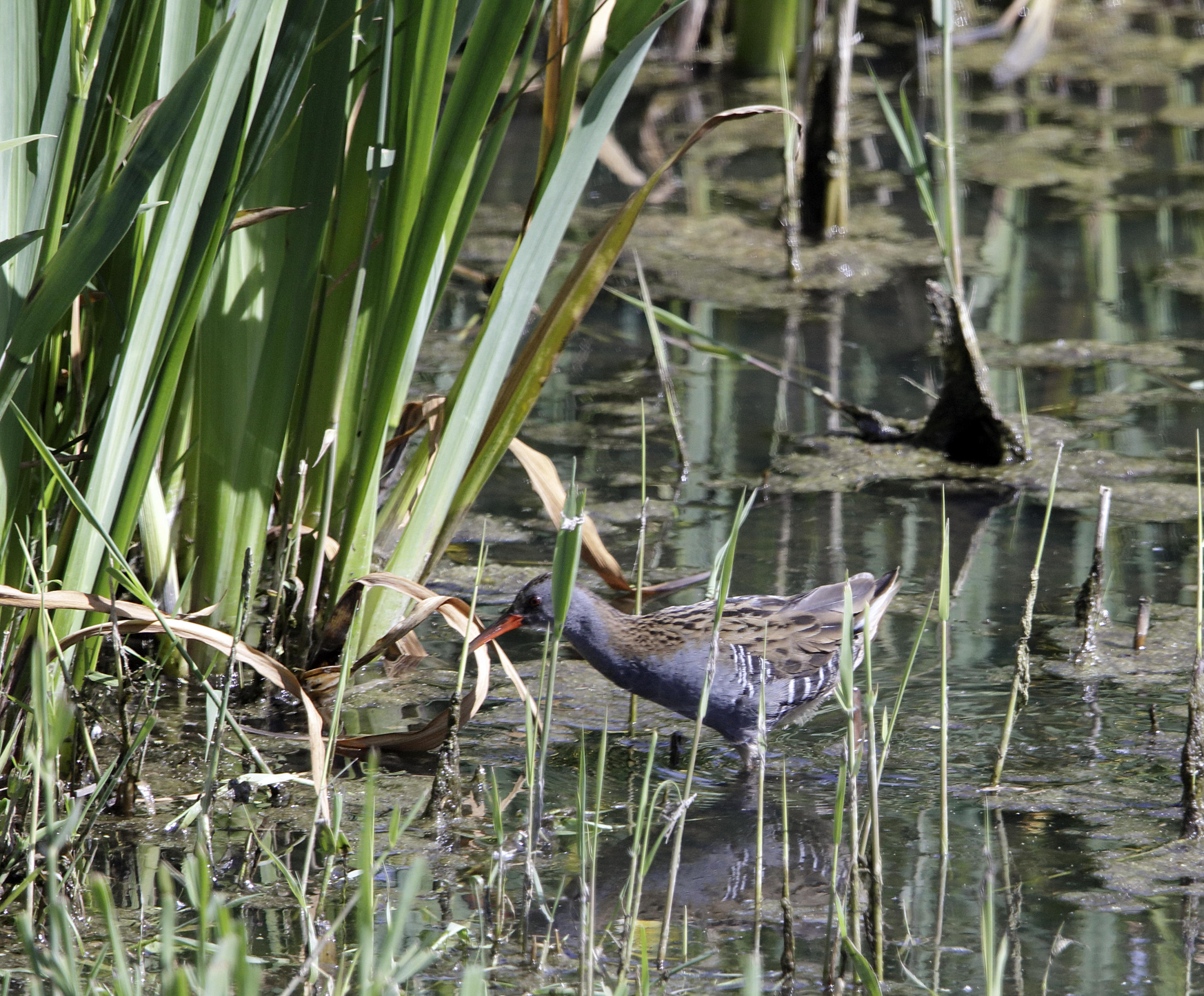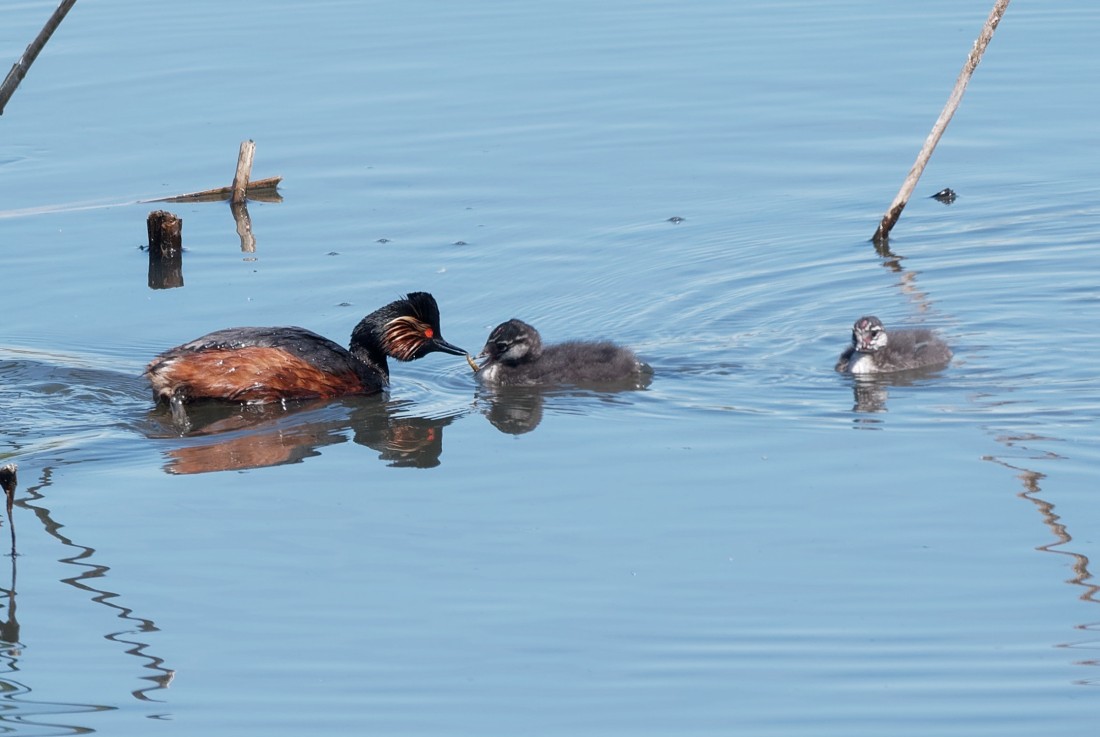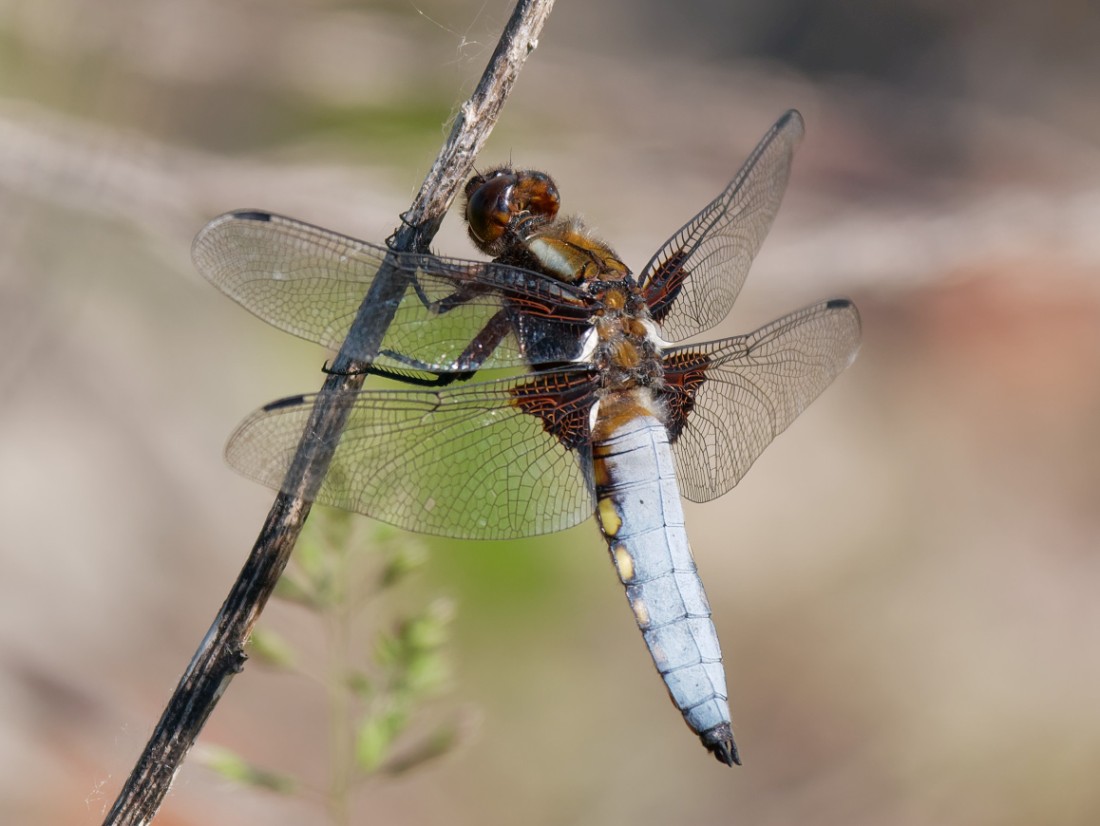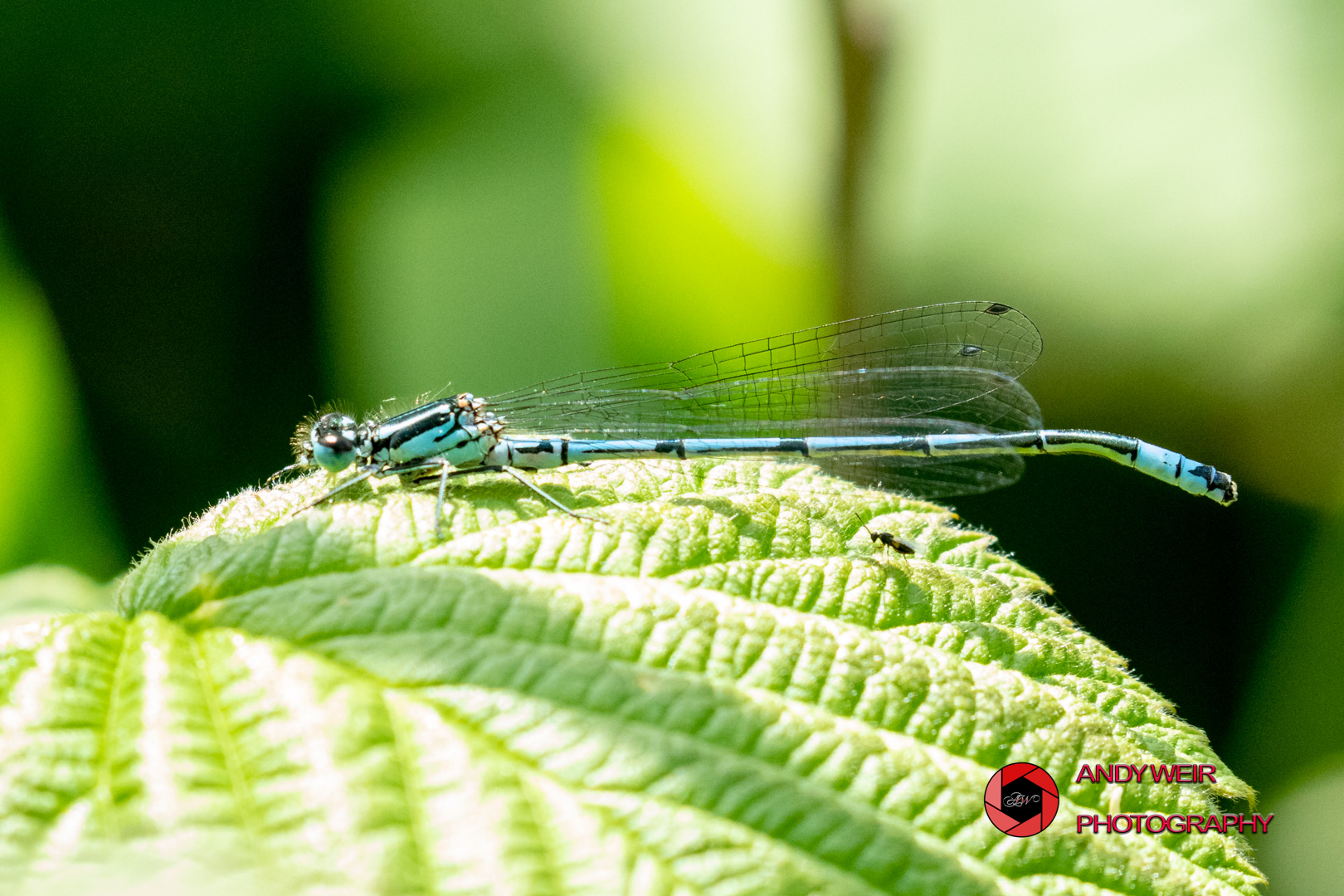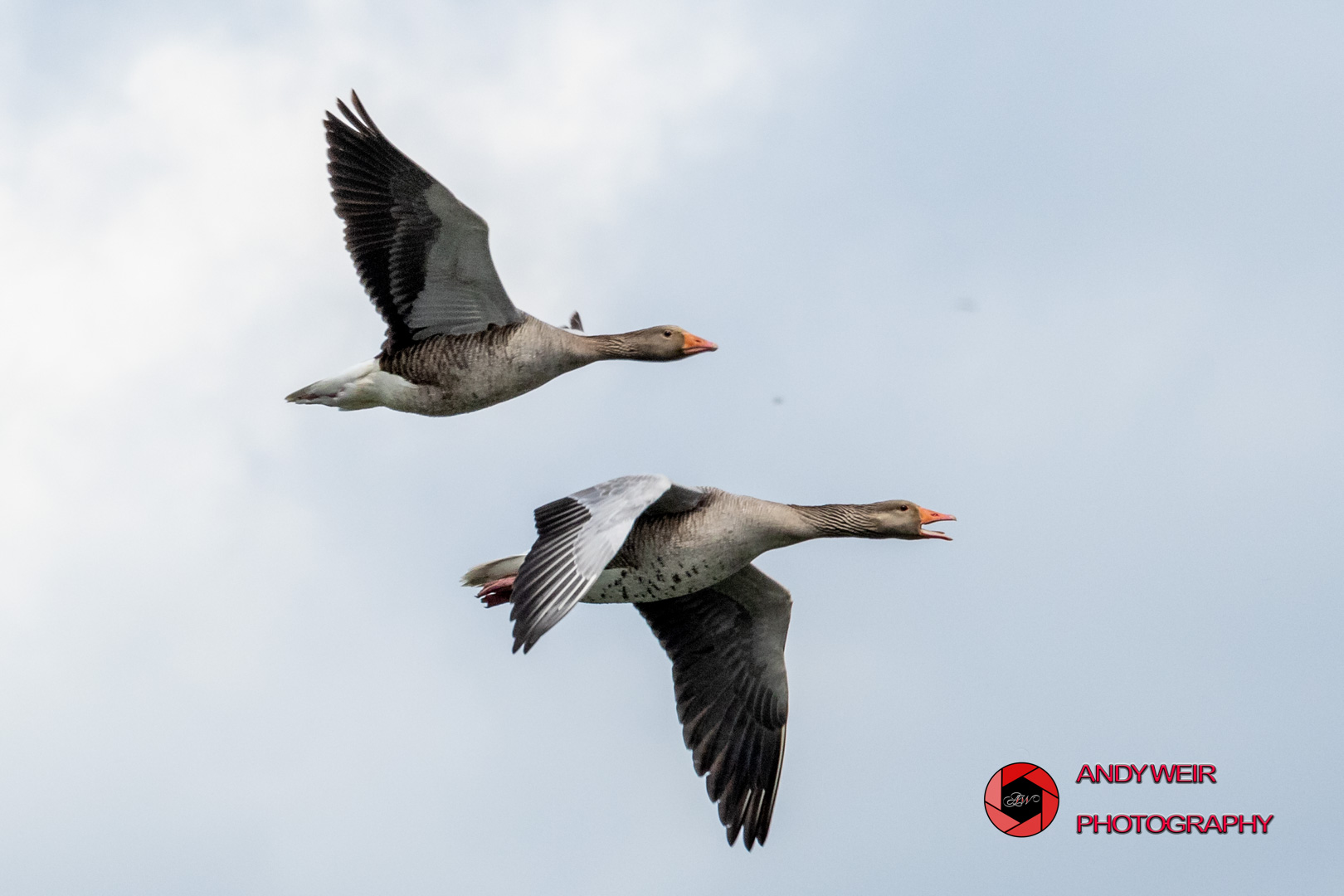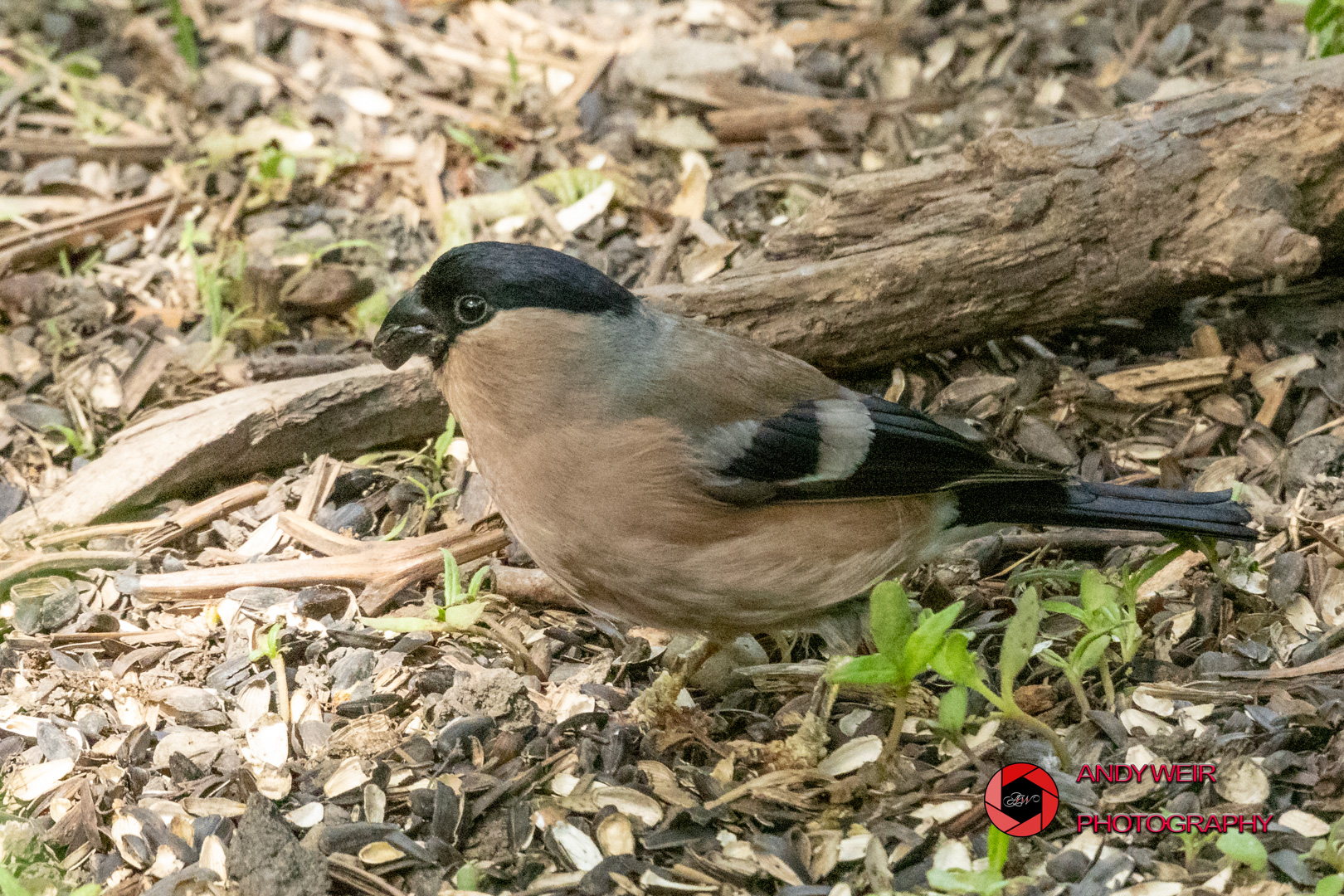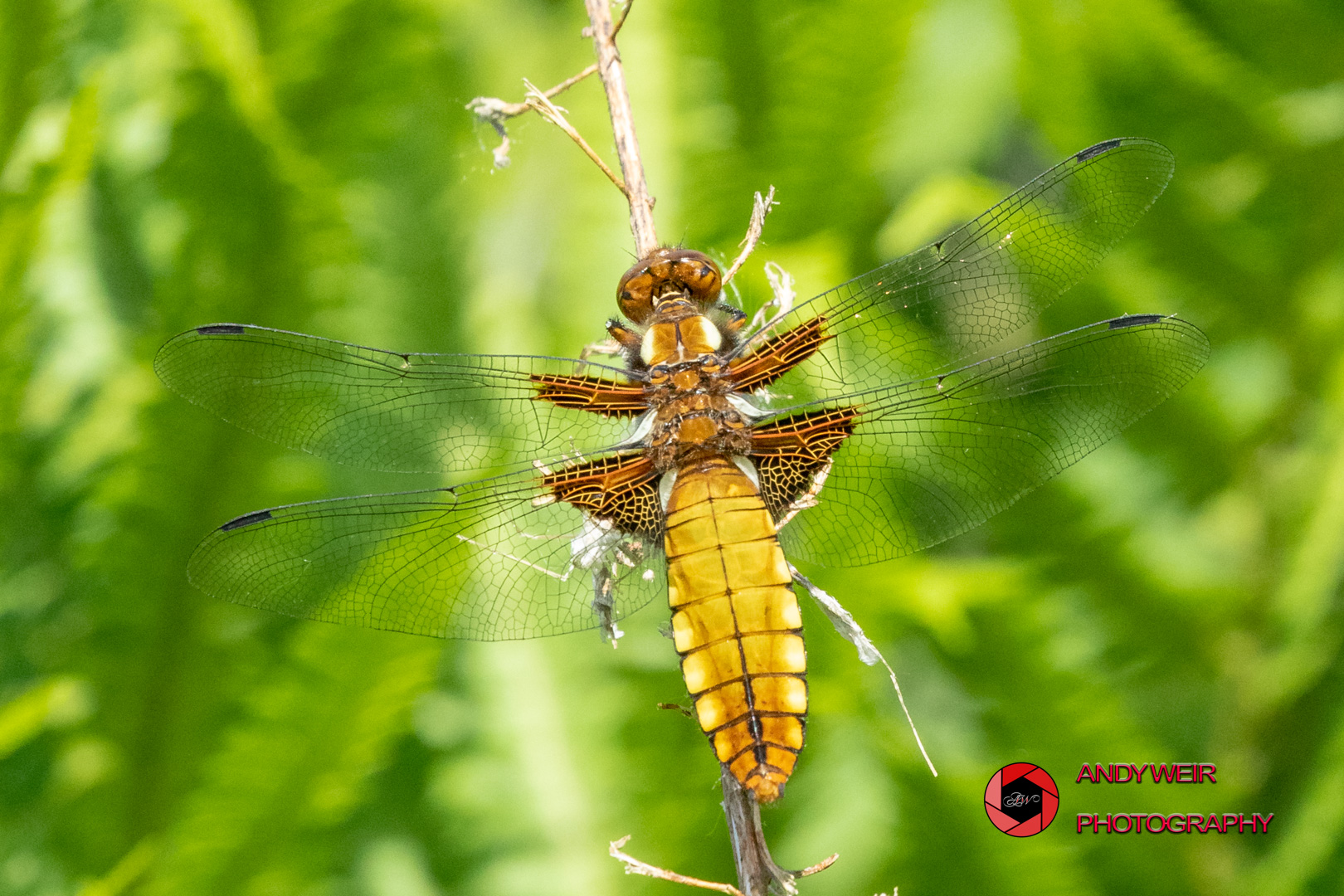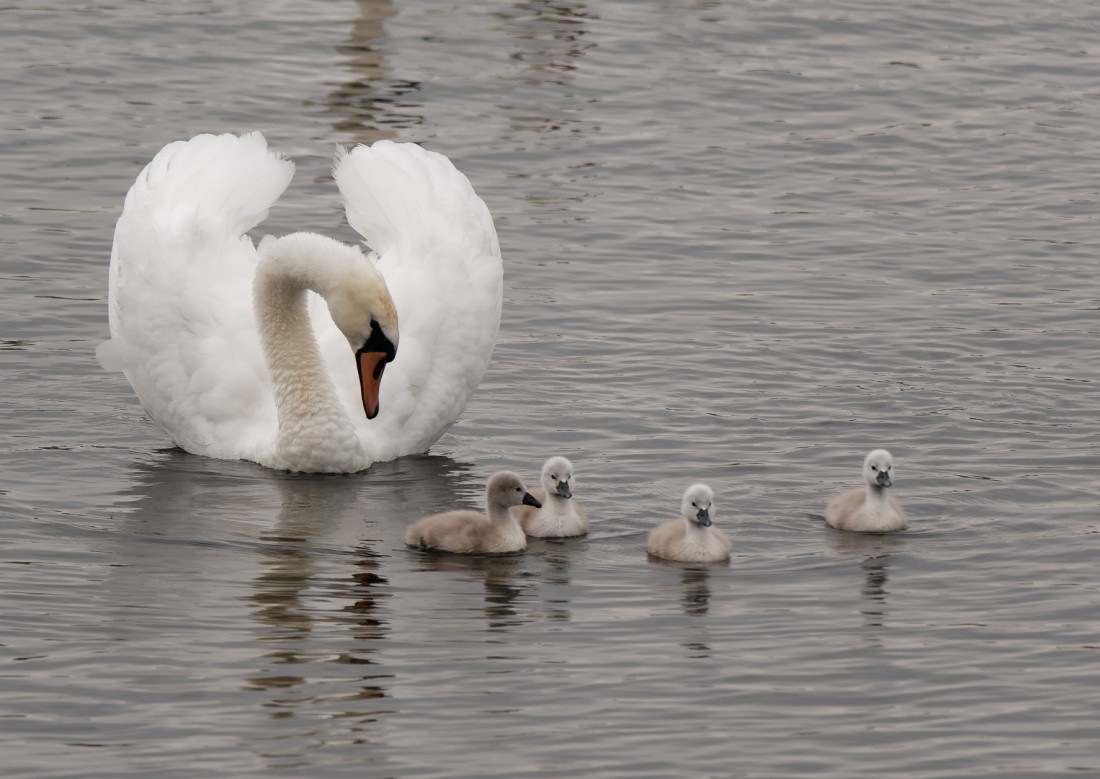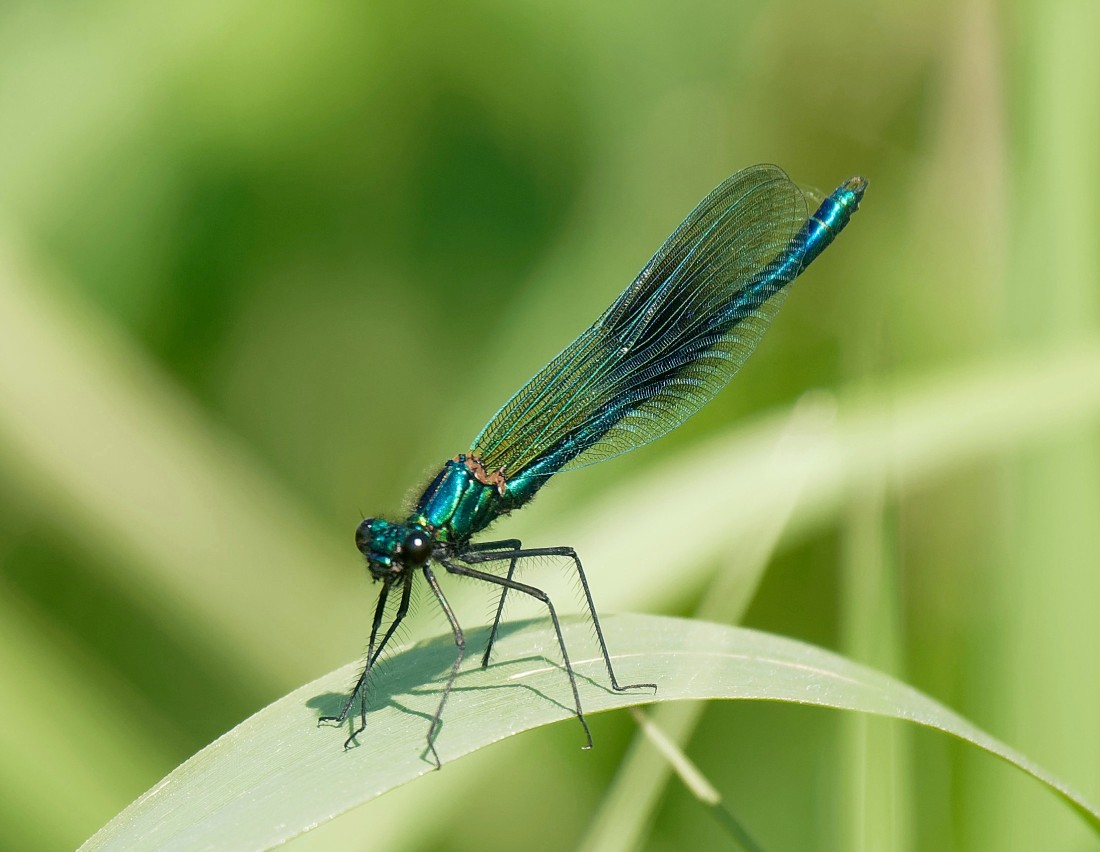Woolston Eyes Monthly Sightings
2021-06-15
this chafer beetle was on Number 3 bed I believe it to be Welsh chafer beetle Hoplia philanthus
Submitted by: Keith Gallie
2021-06-16
This link is to a two minute video from No.3 bed showing a Black-necked Grebe young being fed by an adult and three different Mediterranean Gulls, as well as some of the more common breeding birds.
To watch David’s video CLICK HERE… or copy the following link into your browser
https://youtu.be/ePNw3roBszo Cheers David Bowman
Submitted by: David Bowman
2021-06-15
This is the time of year to be closely monitoring the progress of all our breeding water-birds. Black-necked Grebe and Pochard both seem to have done well, with around ten broods of each so far, and both Little and Great Crested Grebes have also bred successfully. We’re still awaiting our first Tufted Duck broods, though, which should be appearing soon. I’ve counted around 100 young Black-headed Gulls, so far, though we are steadily losing a fair number to predation, with Lesser Black-backed Gulls the main perpetrator. This morning a pair of Shelduck spent half an hour driving all 140 Gadwall off the Morgan Hide scrape before bringing their four young out of cover to feed in front of the hide. There was a nice bit of variety, too, with a Little Egret flying across the bed, a Hobby flying through at low level and four Mediterranean Gulls which were around for most of the morning. Photo of an adult Mediterranean Gull Cheers David Bowman
Submitted by: David Bowman
2021-06-13
Excellent morning, yesterday. Mainly spent counting Black-necked Grebe young, with at least 12 on No.3 bed. Other sightings included: Hobby, Little Ringed Plover, Redshank, Oystercatchers, 140 Swifts, Peregrine guarding the nest site, Kingfisher and Kestrels with young. This link to a brief video starts with the torrential rain which caused the loss of many young birds at the end of May. Then as June brings warm dry weather, it shows: a hunting male Marsh Harrier, a nest-guarding Peregrine, a Broad-bodied Chaser, a Common Blue butterfly, mating Harlequin Ladybirds, Black-headed Gull chicks, a Mute Swan brood, three species of Grebe with young (Little, Great Crested and Black-necked) and then finishes with a Kingfisher and a wandering Fox cub. To watch David’s video CLICK HERE… or copy the following link into your browser
https://youtu.be/o1SerzJNfaU Cheers David Bowman (with Helen Wynn, Dave Steel, Al Warford, Brian Baird and Brian Martin)
Submitted by: David Bowman
2021-06-10
From the Morgan Hide, a few broods of Black-necked Grebe and Pochard were the highlights, while 40 Swifts were feeding overhead. The Black-headed Gulls have now got plenty of small young, with 90 counted around the bed. They are again proving to be tempting morsels for the marauding Lesser Black-backed Gulls from the local breeding colony. I’ve watched six being taken on my last three visits, so we can only guess at the number we’re actually losing to predation. I also went down to No.1 bed to check on the progress of the resident nesting Peregrines. From their behaviour, I’m sure they’ve got large young in the nest though, so far, they have been staying well out of sight. Should be seeing them soon, I hope. Other birds of note around the Viaduct were Grey and Pied Wagtail pairs feeding young and three pairs of Swallow entering suitable nest sites. The emergence of Common Blue butterflies continues apace, with three feeding on a small patch of Birdsfoot Trefoil (see photo). Cheers David
Submitted by: David Bowman
2021-06-09
A good variety of dragonflies on No.1 bed today including Four-spotted and Broad-bodied Chasers, Black-tailed Skimmers, Common Darters and Emperor Dragonflies plus numerous Azure, Common Blue and Blue-tailed Damselflies. Photo of an Emperor Dragonfly.
Submitted by: Brian Baird
2021-06-08
Another beautiful day, starting with a walk from Latchford Locks to the Morgan Hide in No.3 bed. Nice to hear two each of Lesser Whitethroat and Cetti’s Warbler singing from the Canal track, with the latter spreading out to new territories from inside the beds. The highlight from the hide was a a Cuckoo which flew past at close range, again raising hopes that this declining species may have returned to breed. Less palatable was the activity of the Lesser Black-backed Gulls from the local breeding colony, with two young Black-headed Gulls being taken from Morgan Hide scrape and another, which had a lucky escape, being dropped in flight due to the mobbing activity of the Black-headed Gulls. Four pairs of Black-necked Grebes were feeding young, with several independent young also noted and as ever at this time of year, a Kingfisher fed from a perch in front of the hide. Small numbers of butterflies have now started to appear, with two Common Blues along the Canal Track the pick of the bunch. While there were plenty of damselflies on No.3 bed, two Broad-bodied Chasers were the only dragonflies to appear. Photo of Black-necked Grebe young being fed Cheers David
Submitted by: David Bowman
2021-06-05
Well, that was just about a perfect summer’s day. We started with a count of Black-necked Grebes from the Morgan Hide, where 15 adults and 10-12 young were feeding actively ahead of the heat of the day. Then it was down to No.1 bed to check out the breeding status of our resident Peregrines before undertaking a dragonfly survey of some of the new pools. It looks good for the Peregrines, for the thirteenth successive year, with the male delivering prey to the guarding female, though the young have yet to put in a public appearance. The flower rich grasses around the edges of the new pools are a wonderfully rich habitat, packed with feeding bees, as well as masses of dragonflies plus a count of 11 Common Blue butterflies. The dragonfly totals were: 2 Banded Demoiselles, 3 Emperors, 5 Black-tailed Skimmers, 10 Common Darters, 22 4-Spotted Chasers, 43 Broad-bodied Chasers, as well as many hundreds of emerging damselflies. On the way back to No.3 bed we were treated to the sight of a lone Fox cub trotting ahead of us on the track before nosing its way into the dense trackside vegetation. Hard to imagine a nicer day! Photo of a male Broad-bodied Chaser Cheers David (with Helen Wynn, Al Warford and Brian Baird)
Submitted by: David Bowman
2021-06-04
Azure Damselfly (Coenagrion puella) on footpath near south viewing screen
Submitted by: Andy Weir
2021-06-03
A muggy but productive morning at Woolston Eyes, with Dave Steel and I determined to get an accurate count of our breeding Black-necked Grebes, with growing concerns that the cold, wet May might have led to the loss of some early broods. After a couple of hours of scanning from the various hides, the news was both good and bad. Of the eight early broods we could find just four, totalling six young. On the balance side, four new broods have appeared with at least 6 and possibly 8 young (hard to be sure when they’re riding on the parent’s backs.) So a final total of 22 adults and 12-14 young so far, which is good as there is still time for more to appear. Then we met Les Jones for a check on the No.4 bed wetland, where a late Common Sandpiper, a brood of Little Grebes, 40 Swifts and 25 Sand Martins were the highlights. It seems reasonable to assume that the feeding flock of Swifts is from the Westy Estate breeding population. Then back onto No.3 bed it was pleasing to find the bed’s first brood of four Mute Swans (see photo). Cheers David
Submitted by: David Bowman
2021-06-01
Hard to believe, after the very wet May we’ve experienced, but the first day of the meteorological summer at Woolston Eyes dawned with clear skies and the promise of a genuinely hot day. Early on, scanning from the various hides produced 9 adult Black-necked Grebes with 6 young. It’s starting to look as if if we may have lost some of the early broods to the cold, wet conditions in May. If the weather remains good, though, there’s a chance that some of the pairs will relay and hopefully raise late broods. Other sightings of note included a soaring male Marsh Harrier, a Kingfisher, a Common Snipe and two broods of Little Grebe. With the temperature rising it then seemed opportune to undertake the first ever dragonfly survey of the developing No.4 bed wetland. The results were surprisingly good for so early in the season, with counts of: 2 male Banded Demoiselles, 3 male Black-tailed Skimmers, 8 teneral (newly emerged) Broad-bodied Chasers, 14 Azure Damselflies and c.60 more teneral damselflies. Photo of a Banded Demoiselle Cheers David
Submitted by: David Bowman


